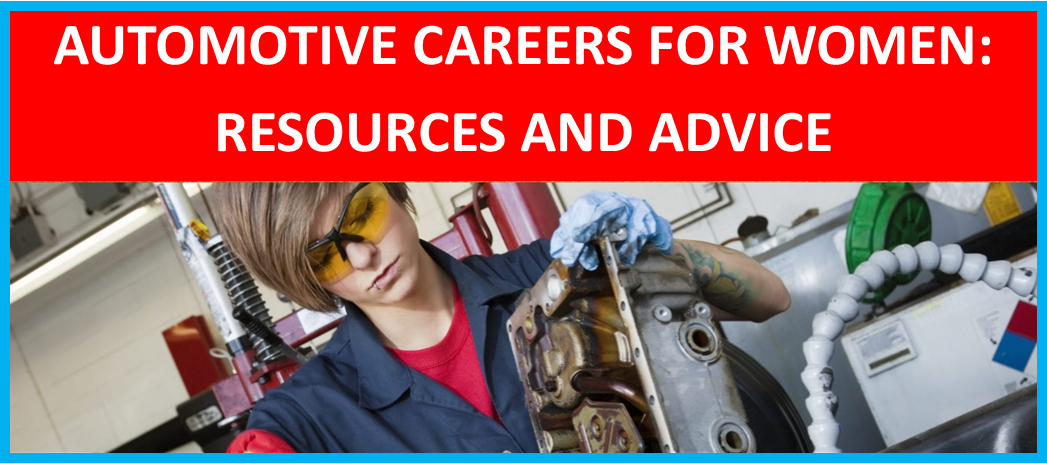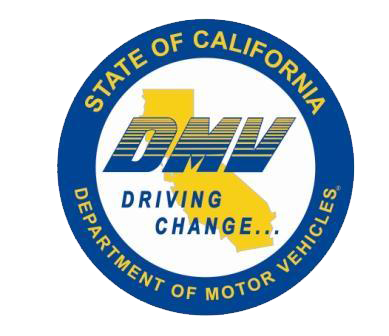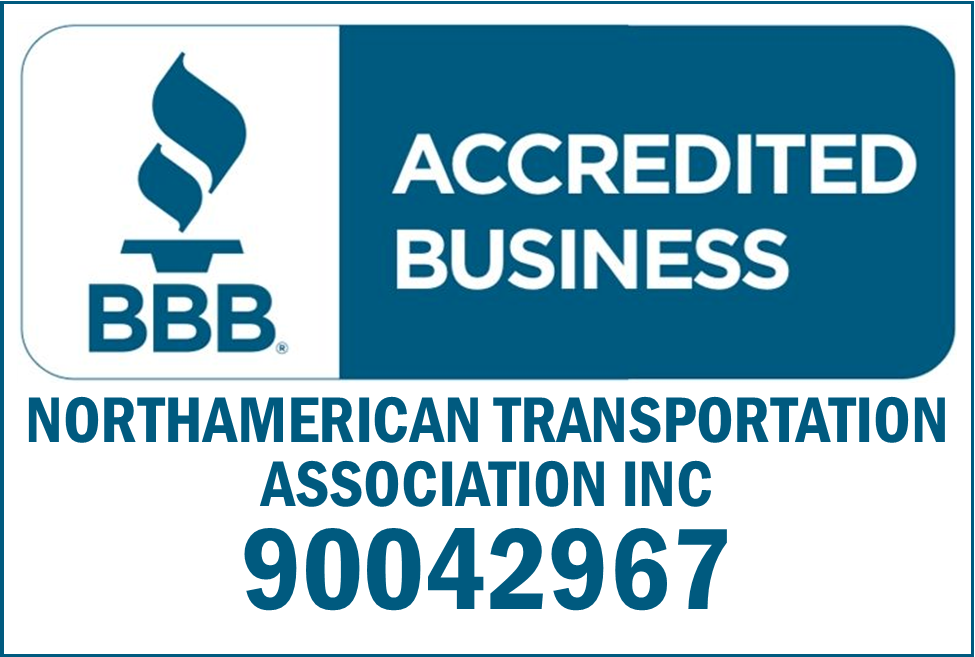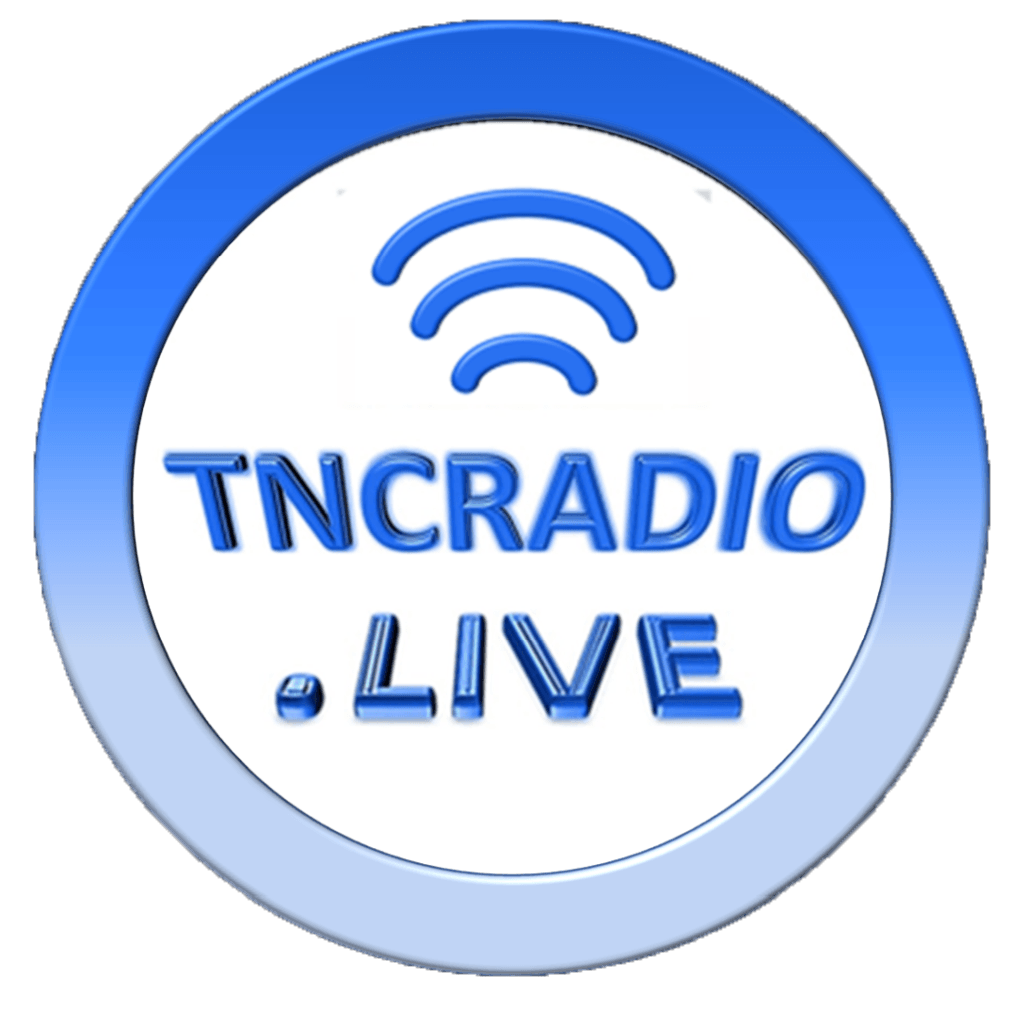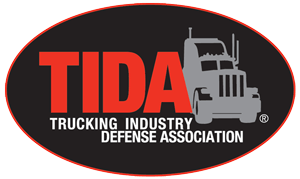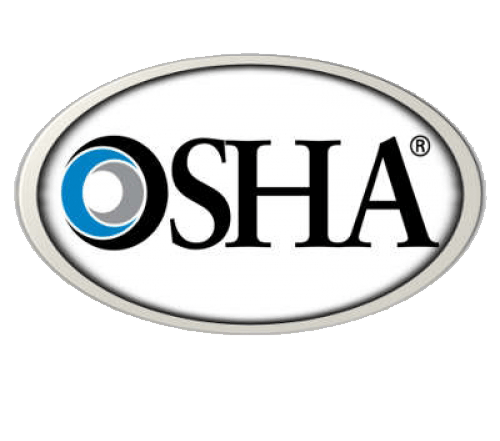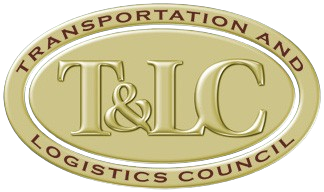California Ups the Ante on Zero Emission Vehicles (ZEVs) with Advanced Clean Fleets (ACF) Rule.
It never fails, every time the CARB people make a rule and the industry tries to reach the rule, they just raise the rule again and again.
California’s new Advanced Clean Fleets rule requires drayage trucks to be all zero emissions by 2035 and for most other fleets to be entirely zero emissions by 2042, using a phased-in schedule targeting higher-polluting vehicles first.
In addition, starting in 2036, fleets won't be able to buy any medium- or heavy-duty vehicles in the state that aren't ZEVs. The rule is more aggressive in its zero-emission sales goals than the original proposal, which had a deadline of 2040.
Under the new rule, adopted April 28, fleet owners operating vehicles for private services such as last-mile delivery and federal fleets such as the Postal Service, along with state and local government fleets, will begin their transition toward zero-emission vehicles starting in 2024. The rule includes the ability to continue operating existing vehicles through their useful life.
Drayage trucks will need to be zero-emissions by 2035. But starting Jan. 1, 2024, all new trucks entering port service will have to be zero emissions.
All other fleet owners will have the option to transition a percentage of their vehicles to meet expected zero-emission milestones, according to the California Air Resources Board:
- Last-mile delivery and yard trucks must transition by 2035.
- Work trucks and day cab tractors must be zero-emission by 2039.
- Sleeper cab tractors and specialty vehicles must be zero-emission by 2042.
The rule also allows fleet owners to receive exemptions based on available technology to make sure fleet owners continue to replace their older polluting trucks with ones that have the cleanest engines in the nation, according to CARB.
The Components of Advanced Clean Fleets
- Manufacturer sales mandate. Manufacturers may sell only zero-emission medium- and heavy-duty vehicles starting in 2036.
- Drayage fleets. Beginning Jan. 1, 2024, trucks must be registered in the CARB Online System to conduct drayage activities in California. Non-zero-emission “legacy” drayage trucks may register in the CARB Online System through Dec. 31, 2023. Legacy drayage trucks can continue to operate through their minimum useful life. Beginning Jan. 1, 2024, only zero-emission drayage trucks may register in the CARB Online System. All drayage trucks entering seaports and intermodal railyards will be required to be zero-emission by 2035.
- High priority and federal fleets. High-priority and federal fleets must comply with the model year schedule or may elect to use the optional ZEV Milestones Option to phase-in ZEVs into their fleets:
- Model Year Schedule: Fleets must purchase only ZEVs beginning 2024 and, starting Jan. 1, 2025, must remove internal combustion engine vehicles at the end of their useful life as specified in the regulation.
- ZEV Milestones Option (Optional): Fleets may elect to meet ZEV targets as a percentage of the total fleet starting with vehicle types that are most suitable for electrification.
- State and local agencies. State and local government fleets, including city, county, special district, and State agency fleets, will be required to ensure 50% of vehicle purchases are zero-emission beginning in 2024 and 100% of vehicle purchases are zero-emission by 2027. Small government fleets (those with 10 or fewer vehicles) and those in designated counties would start their ZEV purchases beginning in 2027. Alternately, state and local government fleet owners may elect to meet ZEV targets using the ZEV Milestones Option as shown in Table 1. State and local government fleets may purchase either ZEVs or near-ZEVs, or a combination of ZEVs and near-ZEVs, until 2035. Starting in 2035, only ZEVs will meet the requirements.
What About Smaller Fleets?
We asked CARB for clarification about how the Advanced Clean Fleets Rule will apply to smaller fleets that aren't drayage fleets or meet its definition of high-priority fleets.
Dave Clegern, CARB public information officer, explained:
"The average small fleet operator is not subject to the Advanced Clean Fleets regulation unless their trucks are operated under common ownership and control with another carrier. For example, if carrier 'A' has 60 trucks and directs another 40 trucks on a day-to-day basis, all 100 trucks are part of the controlling party’s fleet. The controlling party must comply by including all 100 trucks."
However, he said, CARB has approved a Zero Emission Truck measure that will transition the remaining trucks in the fleet to ZEVs. This new measure would be developed and presented to the board in 2028 with a potential start date in 2030.
At this point there is no cutoff date for use of existing vehicles.
Clean-Air Pipe Dream?
Trucking industry groups have opposed the rules. American Trucking Associations chief Chris Spear said in a statement, “Today, an unelected Board in California voted to force trucking companies to buy zero-emission trucks. Fleets are just beginning to understand what it takes to successfully operate these trucks, but what they have learned so far is they are significantly more expensive, charging and refueling infrastructure is nonexistent, and ZEVs are not necessarily a one-for-one replacement — meaning more trucks will be needed on California roads to move the same amount of freight.”
Although CARB says there are already about 150 existing medium- and heavy-duty zero-emission truck models commercially available in the U.S., critics point out that there are fewer than 2,000 zero-emissions medium- and heavy-duty vehicles actually on the road in California, according to the California Energy Commission. Of those, 1,369 are school and city buses, 306 are trucks and 268 are delivery trucks.
“CARB has outright ignored the nation’s leading fleets and has put forth an overly ambitious, unrealistic and unfeasible proposal,” said Eric Sauer, CEO of the California Trucking Association.
Fleets operating the thousands of drayage trucks that serve the California ports will be the first to be affected.
“This is a historic measure, but unfortunately the regulation is more aspirational than reality based,” said Matt Schrap, CEO of the Harbor Trucking Association, in a statement. “No one in our industry has said we can’t get there, but the timelines contained in the rule are too much, too fast.”
Schrap called for a more targeted approach that takes into account “the woeful lack of fueling infrastructure for heavy duty ZEVs along with the technical limitations of the available equipment.”
The State of California estimates that 157,000 medium and heavy-duty chargers are needed to support the deployment across the state by 2030. This equates to almost 400 chargers being installed and brought online each week to meet this target, said the association.
“There are plenty of providers out there trying to come up with solutions to help fleets transition, but no one can say with a straight face that we are ready for a mandate that begins in less than eight months.”
“It is not about picking ‘profits over health’ or choosing ‘corporate America over community benefits’ as many of the proponents of this rule would assert,” he said. “These challenges are about unrealistic timelines that cannot be supported by the existing infrastructure, period.”
Advanced Clean Fleet's 'Fatal Flaws'
In joint comments on a revised version of the proposed rule filed in early April, the American Trucking Associations and the California Trucking Association said while the changes provide some needed modifications to the regulation’s exemptions, “these modifications do not resolve the fatal flaws of the proposed regulation, which can be summarized in three points:
- “The ACF requires deployment of zero-emission capable vehicles in use cases which are not prepared for this transition at a pace which is unseen in prior market transitions
- “The ACF requires charging/fueling infrastructure, which does not exist, to be built at a pace which is unlikely to occur.
- “The ACF’s exemptions continue to be woefully inadequate even though they represent the only feasible compliance option for many fleets.”
Caltrux Senior VP Chris Shimoda, in remarks at an April CARB hearing, also pointed out that the rule penalizes trucking operations that could not install their own charging infrastructure and would have to rely on retail charging infrastructure.
“They cannot access it, there is no exemption, they’re going to be forced to buy trucks they cannot plug in.”
Calstart: Advanced Clean Fleet Does Address Challenges of Fleet Electrification
Calstart applauded the rule, noting that there has been “significant technological advances and market demand for ZEVs in the last few years. Virtually all MHD manufacturers have at least one ZEV model operating commercially on California’s roads right now.”
The national nonprofit works with more than 300 member companies and agencies to build a clean, high-tech transportation industry. It has worked with California in the development and implementation of ZEV incentive and funding programs such as HVIP, CORE, EnergIIZE, and Communities in Charge.
Calstart said the ACF rule also takes into account practical challenges in the phase-out of internal combustion medium- and heavy-duty vehicles by setting incremental targets, including options such as waivers to account for infrastructure build-out delays and the lack of specialized zero-emission vehicle options for certain uses.
CARB members, acknowledging concerns on the difficulties faced by fleets in upgrading infrastructure, purchasing vehicles, training workforce, and complying with mandated reports. Board members said the rules will be revisited in 2025 and 2028, according to The Mercury News. They also said there is $3 billion in incentives in the state budget to help with purchases of electric chargers, vehicles and related equipment.
Unfortunately, this money will be gobbled up by the few major companies right off the bat.
Personally, I don’t know how this works out. Because that amount of money could only purchase about 7500 tractors at $400,000 each. If these ZEVs cost $450,000 each then you could only buy about 6666 tractors.
Are these CARB people in mentally challenged or are they wearing blinders, as of July 2022, there were about an estimated 20,000 independent contractors in the Oak, LA and LB harbors. So where is the money for electrics chargers and related equipment.
So, in reality, what these dreamers are coming up with is the biggest supply chain fiasco this country has seen. The reason I didn’t limit this to just California, as I have said before, whatever starts in California spreads like a “covid virus” across the country.
Content Disclaimer: Due to the constantly changing nature of government regulations, it is impossible to guarantee the total and absolute accuracy of the material contained herein or presented. NorthAmerican Transportation Association (NTA) cannot and does not assume any responsibility for omissions, errors, misprinting or ambiguity contained. NTA shall not be held liable in any degree for any loss, damage or injury caused by any such omission, error, misprinting or ambiguity present. It is made available with the understanding that NTA is not engaged in rendering legal, accounting or other professional service. If legal advice or other expert service is required, the services of such a professional should be sought.

